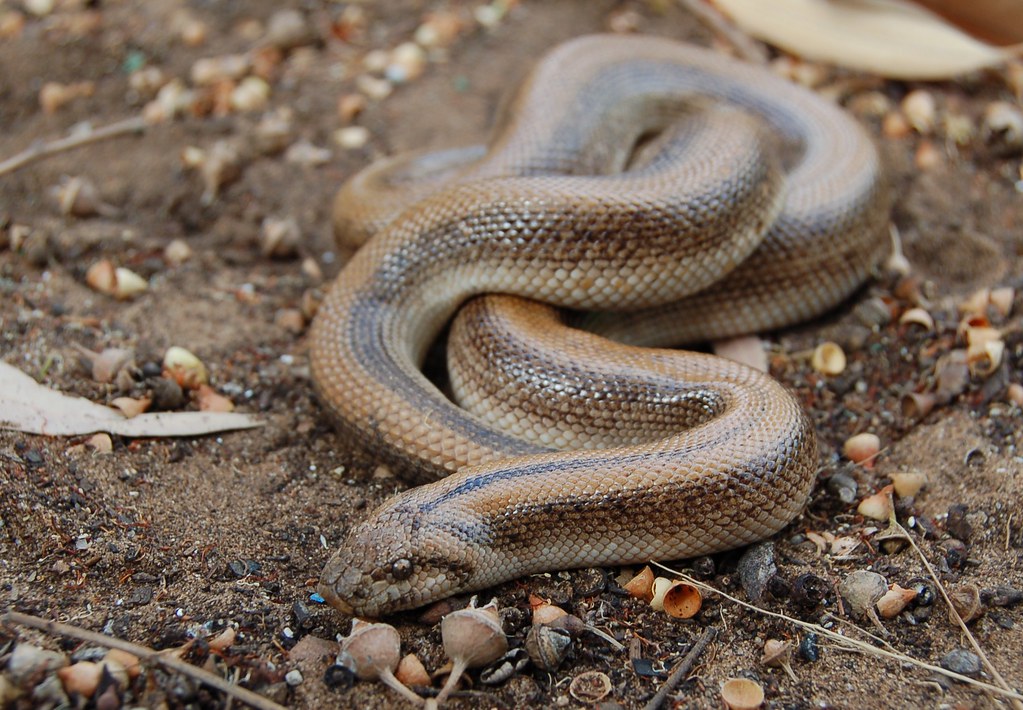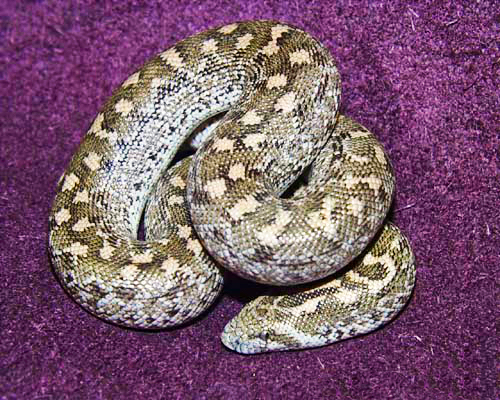SAND BOA: ERYX JACULUS, THE DESERT SNAKE
Scientists in Italy rediscover snake that was used by ancient Greeks as a weapon of war.
Greek navy would hurl snakes such as the Javelin Sand Boa at enemy ships, experts say.

Scientists in Italy have rediscovered a type of snake that the ancient Greeks used to hurl at their enemies to create panic and confusion during sea battles.
The Javelin Sand Boa had not been officially recorded in Italy for 80 years, but sightings by locals suggested that it might still survive in a region of Sicily.
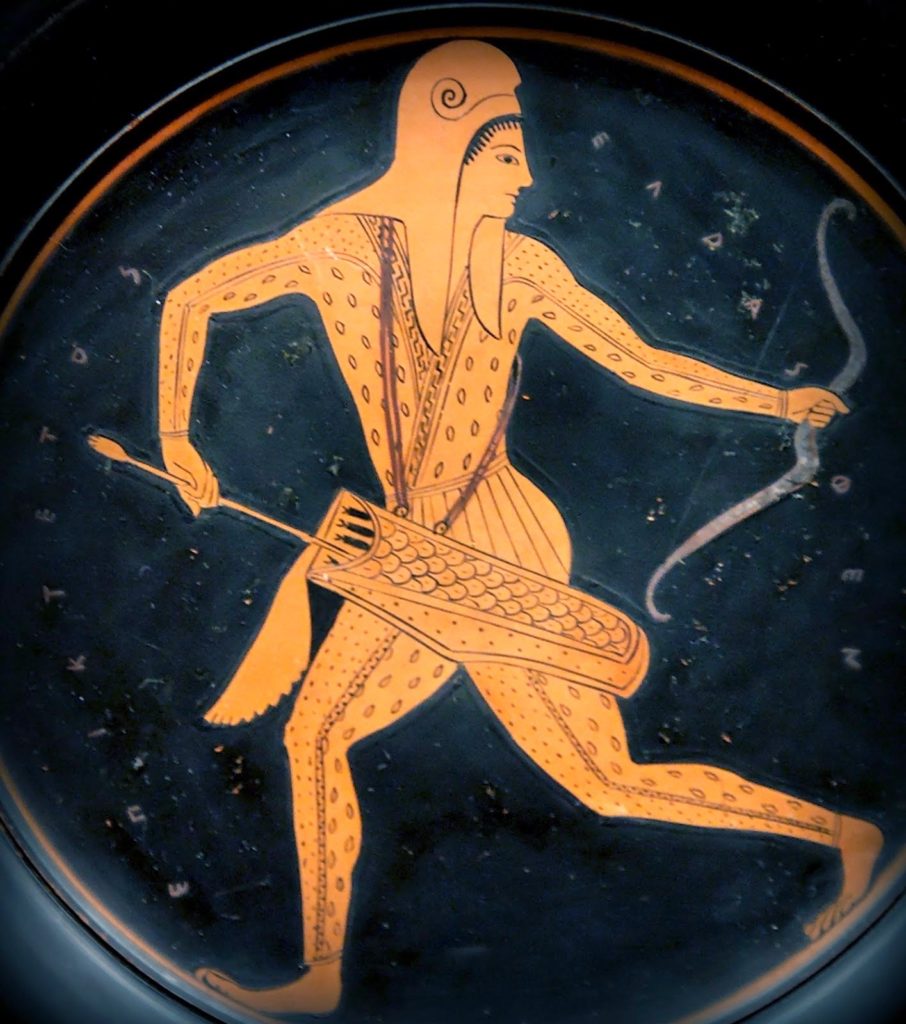
The Greeks used to use snakes as projectiles, hurling them at enemy ships before attacking in order to create confusion and fear.
Gianni Insacco, researcher
Snake experts decided to investigate and found the species, officially known as Eryx jaculus, living in an area of sand dunes and woodland around the resort town of Licata, on the island’s south coast.
They believe the snake may well have been introduced to Sicily in ancient times when the island was colonised by the Greeks.
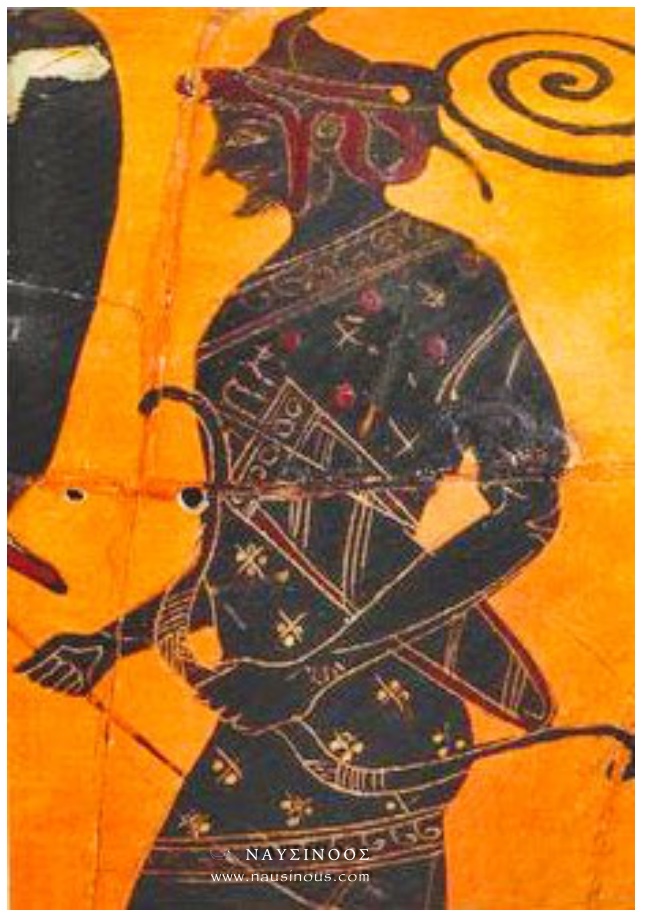
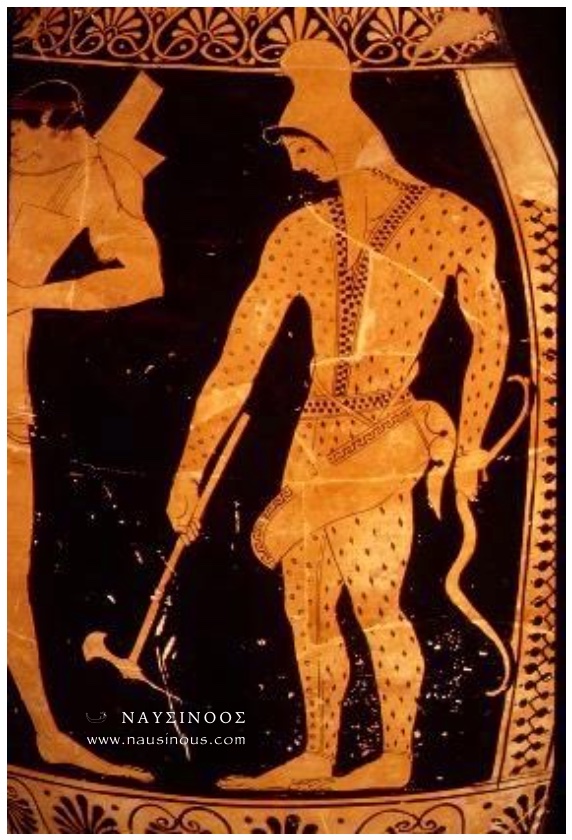
The area where it was found is close to the sites of two ancient battles, one in the fifth century BC and the other in the fourth century AD.
Snakes were introduced to places conquered and settled by the ancient Greeks for “religious cults or war rituals”, the scientists said.
The rediscovery of the species in Italy was announced in 2015 in Acta Herpetologica, a scientific journal.
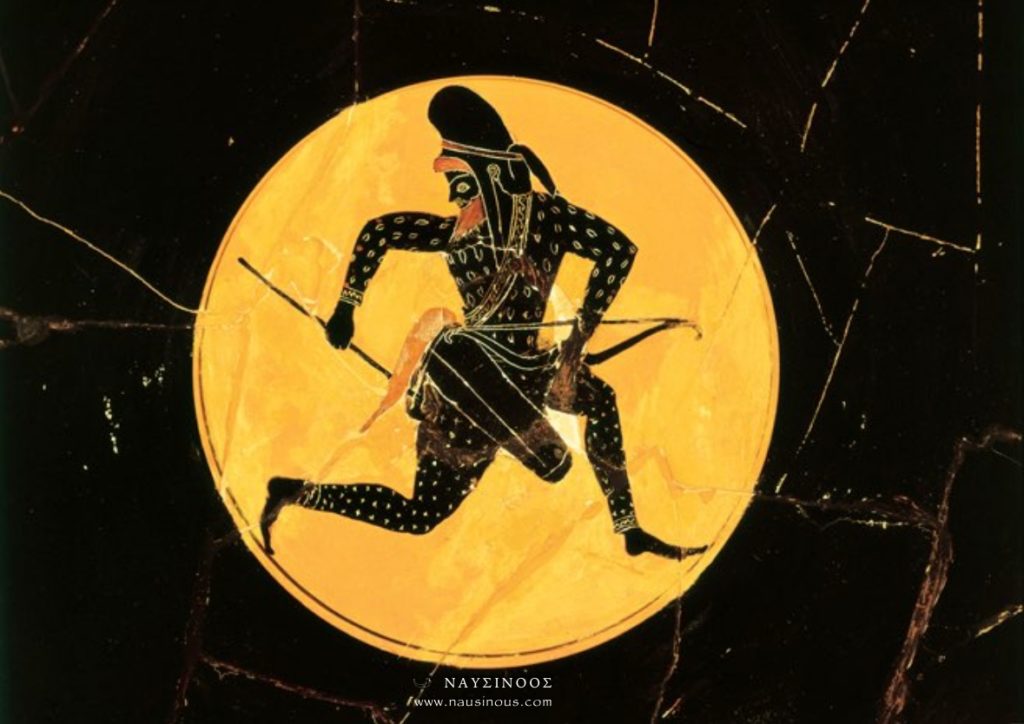
“The Greeks used to use snakes as projectiles, hurling them at enemy ships before attacking in order to create confusion and fear,” Gianni Insacco, one of the researchers, told the news agency Ansa.
“In general they used vipers that had had their venom removed. Alternatively they would use similar species, like the sand boa.”
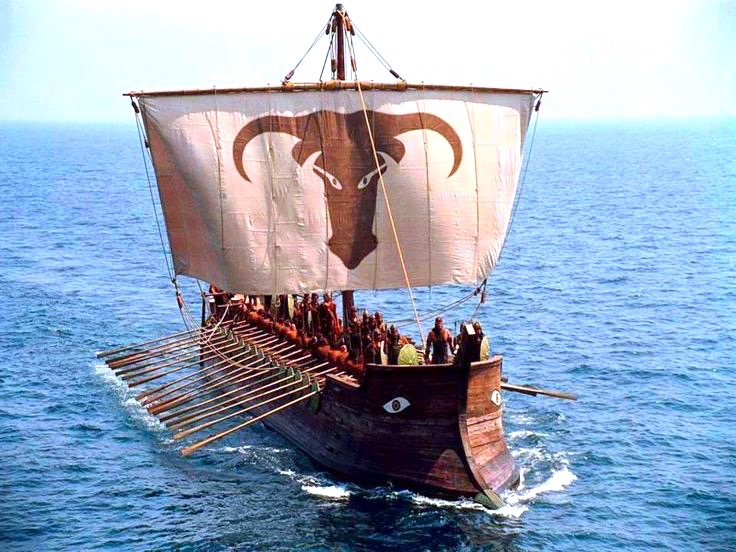
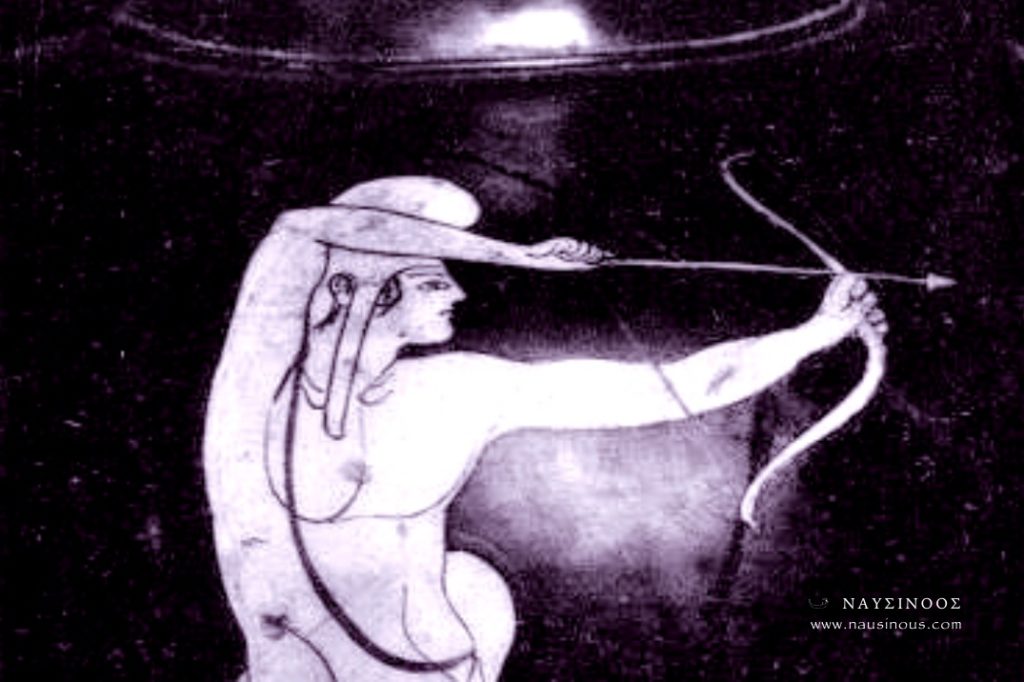
The scientists found six individuals during their study, three of them alive and three dead as a result of traffic accidents.
They believe the snake has lived in Sicily for centuries but simply went unnoticed because of its nocturnal habits, underground existence and “very elusive nature”.
The species is also found in Greece, the southern Balkans, North Africa and the Middle East.
It is small, growing to just 20 inches in length, and feeds on lizards, mice and snails.
